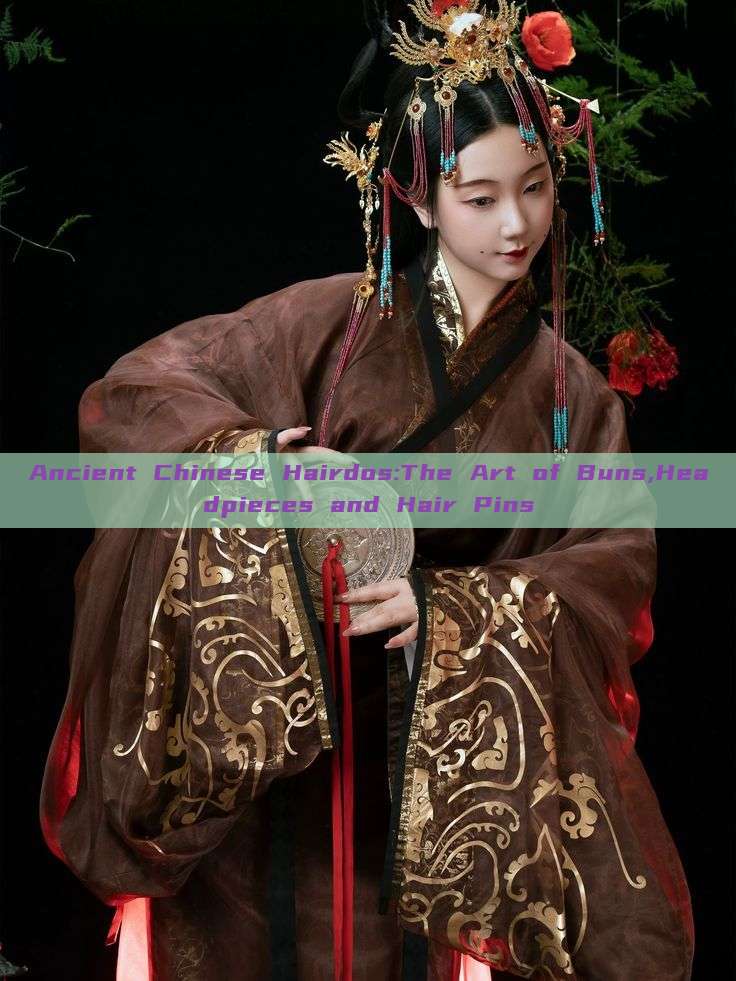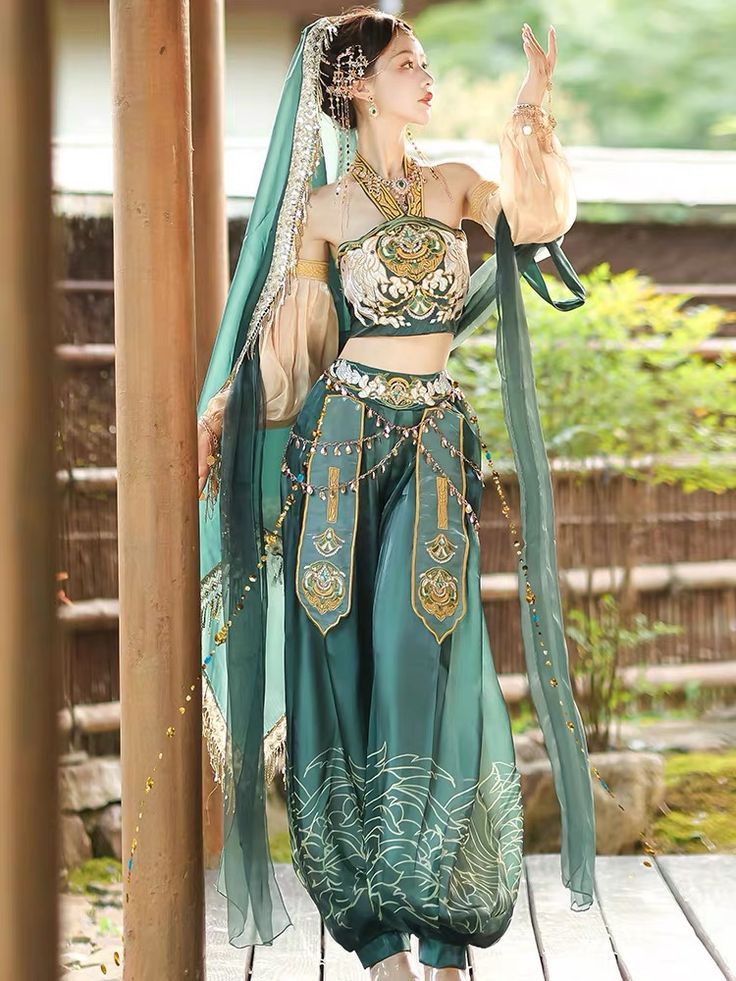In the realm of ancient China, the art of hairdressing was as intricate as it was diverse, reflecting the cultural and historical evolution of the era. Among the various hairstyles, the intricate hair buns, adorned with exquisite Headpieces and hair pins, were particularly fascinating.

The art of creating hair buns dates back to the Zhou Dynasty, when it was a symbol of status and rank. The shape and size of the hair bun were indicative of the wearer's social position. The intricate process involved twisting and pinning the hair into a bun, often secured at the nape of the neck or at the top of the head.
Headpieces played a pivotal role in enhancing the beauty of these hair buns. These were often made of precious metals, gemstones, and silk, and were designed to complement the wearer's attire. The intricate carvings and designs on these headpieces reflected the craftsmanship and cultural influence of the era.
Hair pins, also called hairpin combs or hairpin ornaments, were an integral part of these hairdos. They not only held the hair in place but also served as a decorative accessory. These pins were often engraved with patterns or designs that symbolized good luck or prosperity. They were often made of precious metals like gold or silver and were highly prized for their craftsmanship and beauty.
During the Han Dynasty, hair buns became more elaborate and complex, often adorned with flowers or other natural elements. The use of hairpins and headpieces also increased, with more intricate designs and patterns. These hairdos were not only worn by women but also by men, indicating their status and social position.
The Tang Dynasty witnessed a fusion of traditional and foreign influences in hairdressing. Hair buns became more elaborate, with intricate patterns and designs. The use of headpieces and hairpins also increased, often incorporating elements from other cultures. This fusion of styles not only reflected the openness of the era but also added to the beauty and diversity of these hairdos.
The Song Dynasty saw a shift towards simpler hairstyles, but hair buns still remained popular. Headpieces and hairpins were still used, often with more subdued designs that emphasized simplicity and elegance.
In conclusion, the art of hairdressing in ancient China was not just about securing the hair but also about expressing oneself through intricate hairstyles and accessories. The intricate hair buns, adorned with headpieces and hairpins, were a reflection of the cultural and historical evolution of the era. They not only served a practical purpose but also served as a medium to express oneself and showcase one's status and social position.
Today, these ancient hairstyles have made a comeback in modern times, with many people embracing this ancient art form to revive their cultural heritage. As we look back at these fascinating hairdos, we are reminded of the rich cultural history that has shaped our identity as a people.

